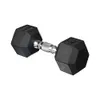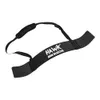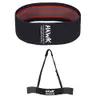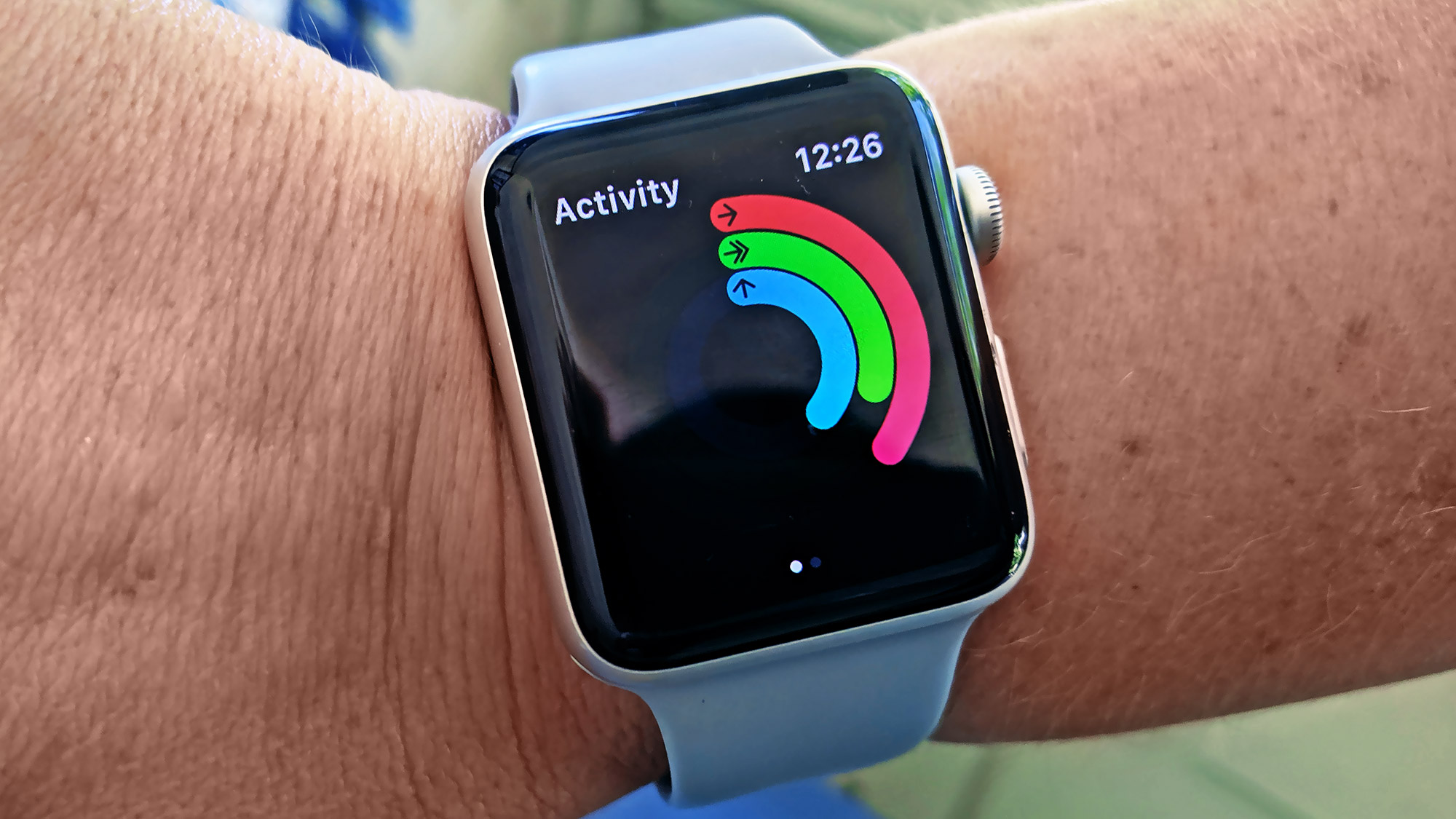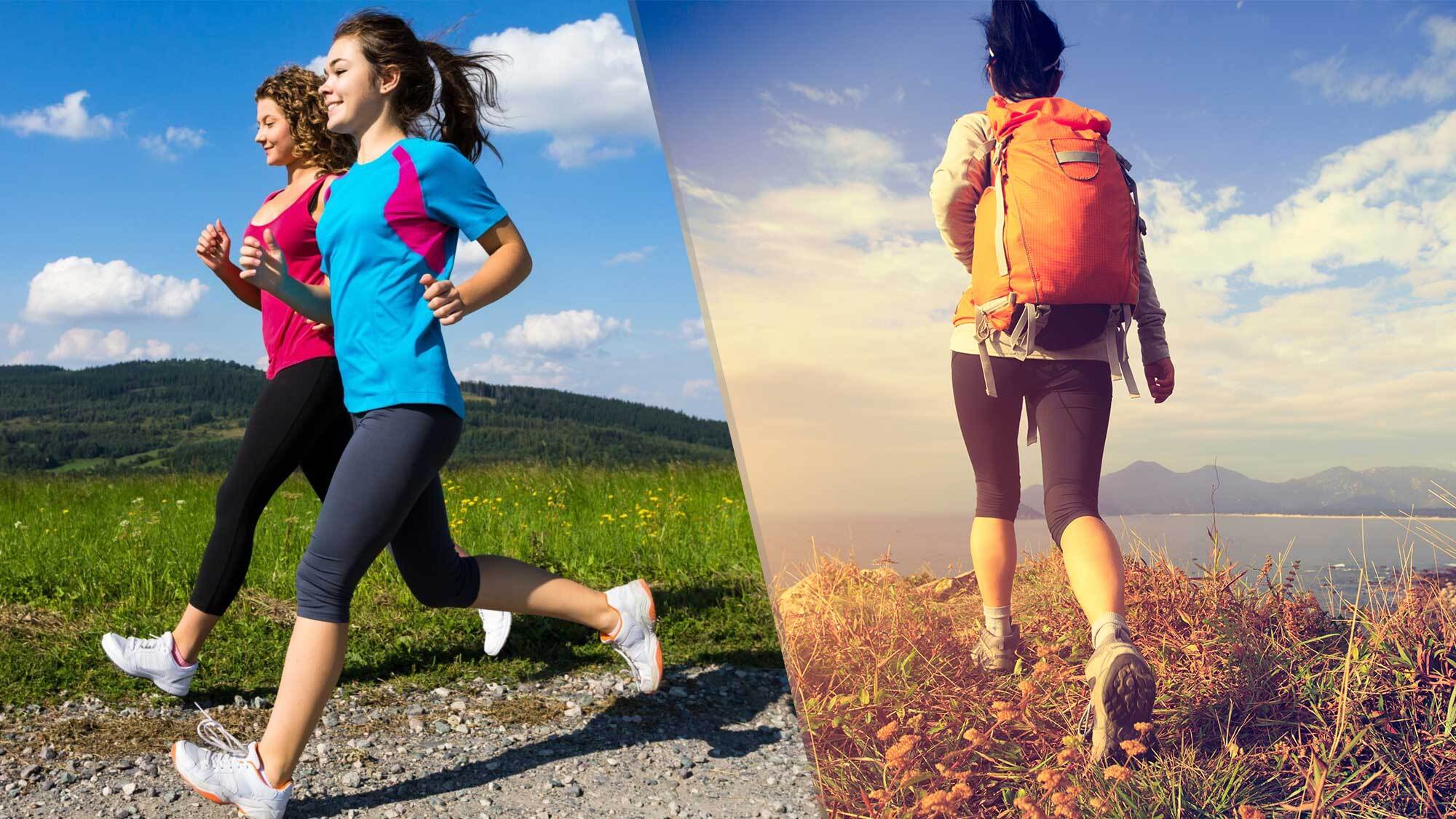
Osteogenic loading, also called bone loading, is the process of applying “good” stress to your bones to keep them strong as you age. And the great news? You can exercise for bone health; it’s the key factor in building strong bones and preventing osteoporosis (the deterioration of bone) later in life.
I spoke with physician Dr. Naheed Ali, MD, PhD, who also completed Harvard Medical School’s lifestyle medicine training. He gave us better insight into what osteogenic loading means, the benefits and how you can build strong bones and maintain them using exercise.
Here’s what he told us.

Dr. Naheed Ali, MD, PhD, is a physician with an MD degree. He completed Harvard Medical School's lifestyle medicine training in 2012 before obtaining a PhD in holistic health in 2013.
He is also certified in clinical research by the National Institutes of Health (NIH). For years, he taught at colleges in the US, where he lectured on various biomedical topics.
Dr. Ali is also a published author.
What does bone loading mean?
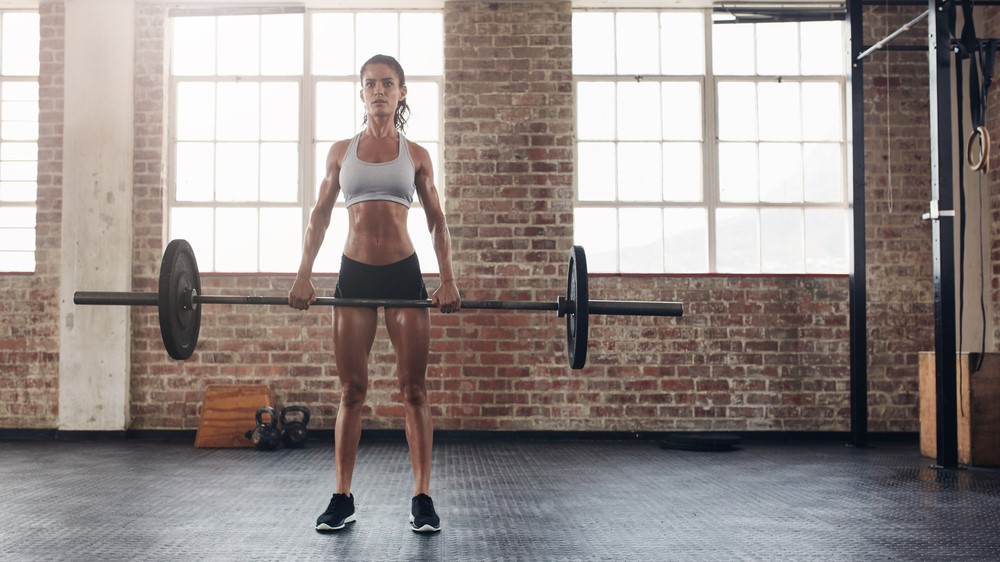
“Bone loading is basically the idea of putting controlled stress on your bones so they stay strong,” Dr. Ali explains. “This stress doesn’t mean inflicting injury or damage — it just means pressure. And the right kind of pressure signals the body to hold onto bone density or even build more of it.”
Sadly, your bone density isn’t a given. Like your muscles and joints, you’ll need to keep them strong as you age to maintain your overall health, fitness and quality of life. “It peaks in your early adult years and slowly starts to decline,” says Dr. Ali.
“For some people, that decline is relatively mild. For others, it turns into osteopenia or osteoporosis. The difference often comes down to how much mechanical stress your bones are getting — and how consistently.”
Dr. Ali warns that the drop-off can be steep for women, especially after the menopause, when estrogen levels, which play a major role in maintaining bone density, begin to fall.
“Bones can lose strength fast,” he adds. “Men typically lose bone more gradually, but they’re not off the hook, especially if they’re sedentary or dealing with low testosterone.”
Sign up to get the BEST of Tom's Guide direct to your inbox.
Get instant access to breaking news, the hottest reviews, great deals and helpful tips.
Does osteogenic loading really work?
Yes! The adage “If you don’t use it, you lose it,” rings true. Think about building muscle in the gym — if you don’t do any form of resistance training (like lifting weights), your muscles are unlikely to grow bigger or stronger. The same applies to your bones.
“The body’s pretty efficient. If you’re not loading your bones regularly, it assumes you don’t need that strength and starts scaling back. But when your body feels that weight or force, like walking uphill, lifting weights, or jumping, it shifts back into maintenance mode. It holds onto bone mass longer.”
What types of exercise help with bone strength?
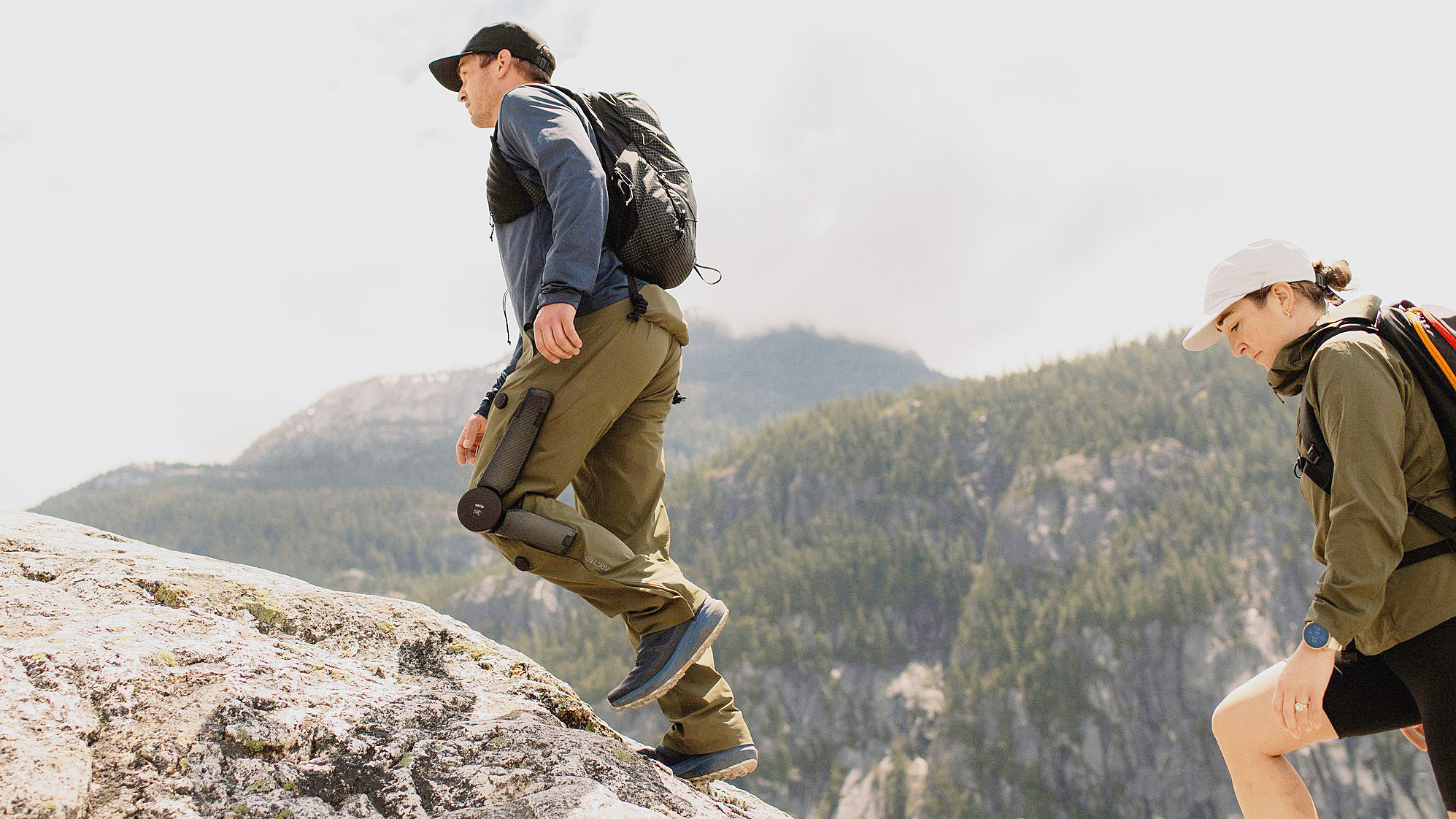
Not everyone can or wants to lift weights, and for anyone with existing illnesses, injuries, or health conditions, exercise may be adjusted to low-impact to prevent further problems. Dr. Ali says low-risk and sustainable options can still keep people strong.
“It’s not about extreme routines,” he explains. “It’s about choosing movements that speak directly to your skeleton, like resistance training, walking with pace and intent, or even yoga poses that use your own body weight.”
"Typical" resistance training like lifting weights or heading to the gym is perhaps the most well-known for improving bone health, as this strengthens the muscles and bones together. It can also be a form of functional training, which means you perform exercises that mimic and improve the quality of your daily routine. Think of carrying the groceries, squatting to pick something up, or lifting your kid onto your shoulders.
In this case, we’re talking about compound exercises like squats, deadlifts, or lunges. Dr. Ali recommends these in particular because they load the spine, legs and hips, which “promotes density over time.” However, you could also opt for climbing the stairs, cycling, swimming, or hiking as sustainable ways to improve bone density.
If you enjoy walking, remember that not all walking is equal. For example, a slow walk on flat ground won’t load your bones like a brisk walk on an incline or hiking on hilly and uneven terrain (read: power walking vs hiking: which burns more calories?).
“The key is force and repetition,” adds Dr. Ali. “Your bones need to feel that you’re asking something of them.” If in doubt, make it more challenging by holding light dumbbells or walking with a weight vest or rucksack (known as "rucking").
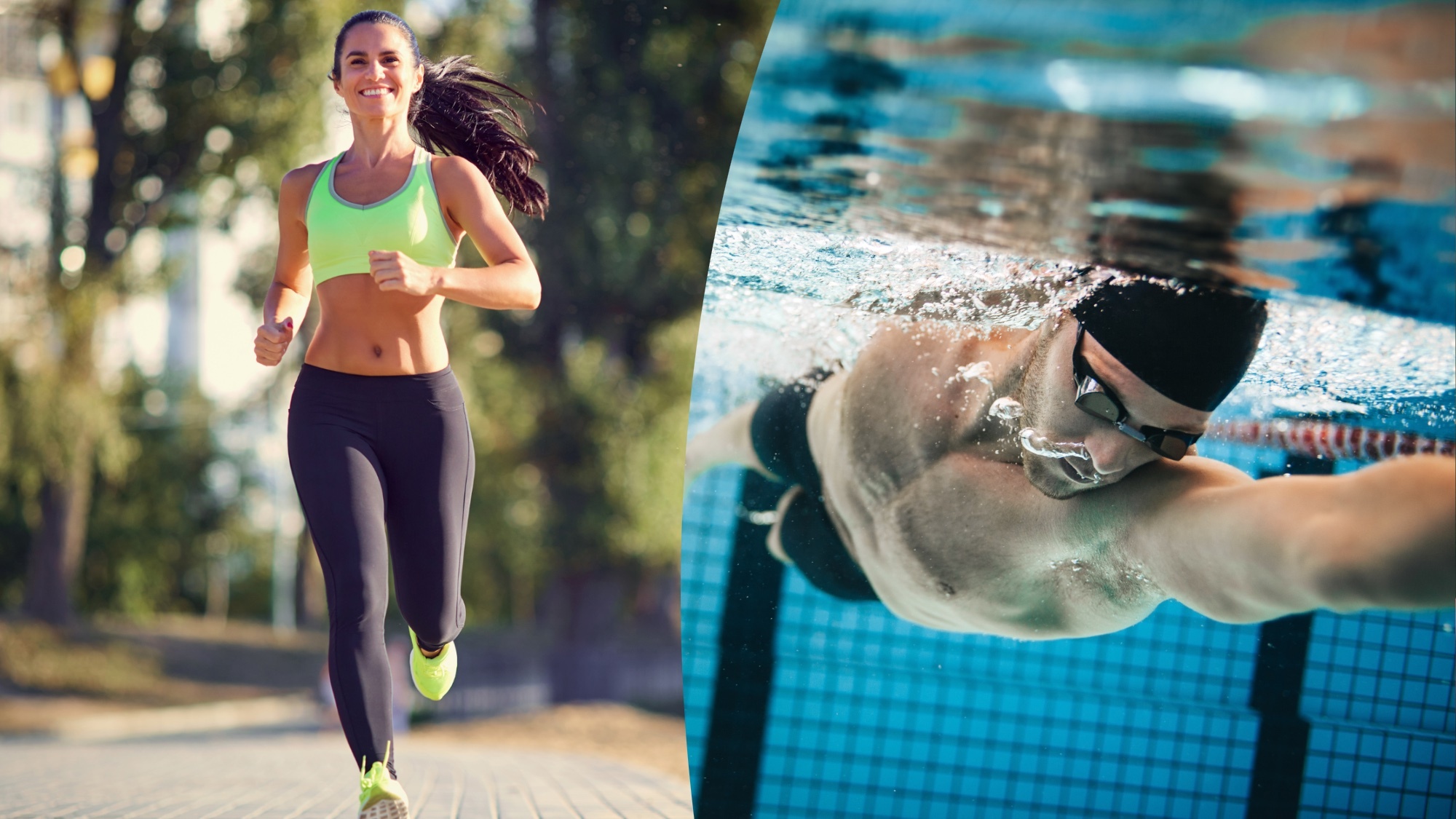
I know plenty of people who enjoy resistance training into older age; I even regularly strength train with my dad, who is now in his seventies. So this (generally) isn’t the main factor when deciding whether or not to lift weights.
Unless you have a contraindication that prevents you from engaging in either weightlifting, calisthenics (a form of bodyweight training), or similar, Dr. Ali recommends these as “the most reliable tools we have for aging.”
“When it’s approached mindfully with the right form and progression, it fits beautifully into a holistic routine,” adds. Dr. Ali. “You’re not just building strength, you’re telling your body to stay ready.” Agreed.
Keeping active on the whole remains the best anti-aging tool for maintaining strength and mobility, bulletproofing your muscles, joints, bones and ligaments, and protecting you from atrophy and potential injury. Try to build out a routine that breeds consistency without overcomplicating it.
How to do osteogenic loading at home: Exercise for bone health
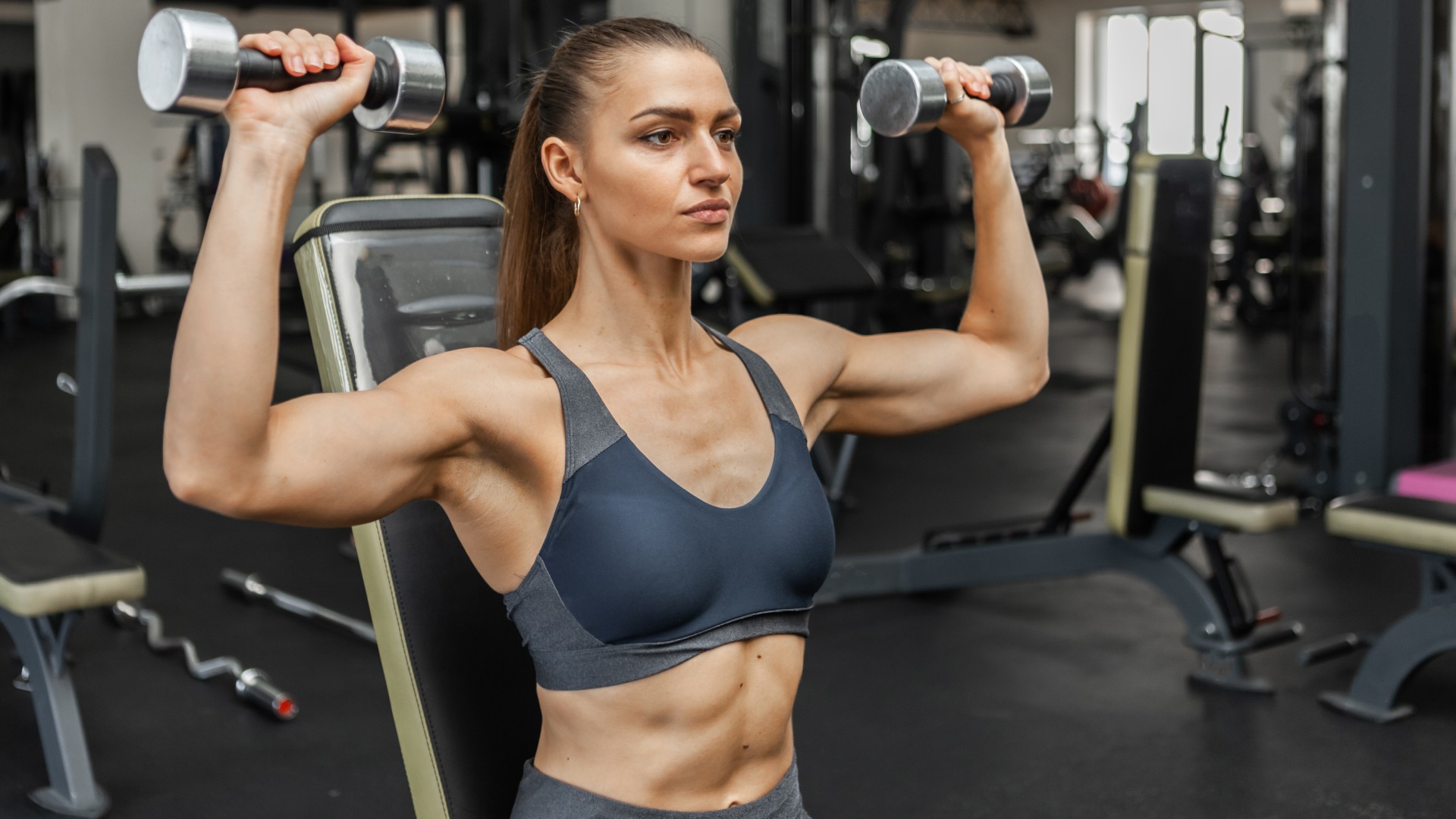
It’s best to speak with your physician about the correct course of action for your needs and lifestyle. According to the Royal Osteoporosis Society (ROS), “Weight-bearing impact and muscle-strengthening exercises” are best, alongside adding variety; for example, short bursts of activity, like running, dancing, jogging and walking. Pilates and yoga are also firm favorites that stay low-impact on your joints.
Moving in different planes of motion and speeds can also be helpful. The ROS explains: “Adding an extra force or controlled jolt” is a great way to include weight-bearing impact, which can be low, moderate, or high.
Of course, the higher the impact or load, the better potential for stimulating bone growth; this won’t be advisable for everyone, and will depend on existing fitness experience and any medical conditions, like arthritis. Build your exercise regimen over time and with consultation from a qualified medical professional.
In general, think about how you can move your muscles against resistance using some of these types of training techniques:
- Bodyweight training
- Resistance bands
- Yoga block workouts
- Gym machines
- Free weights
- Balance work
- Plyometrics
- Yoga routines
- Pilates
- Reformer
- HIIT.
Try to adopt the same muscle-building technique — progressive overload — with your bones, increasing the intensity by overloading your body over time. That could mean anything from upping weight as you get stronger to adding extra volume with your sets or reps or training on more days of the week.
A great gauge is to ensure you reach the last few reps of every set feeling like you couldn’t do more. If you're unsure, I recommend consulting a personal trainer to help get you started, even if you don’t stick with them as you build confidence.
If you plan to lift weights at home or in the gym, consider the main movement types that exercises fall into: hinge, push, pull, carry, squat and lunge. For an effective full-body workout, simply pick a few exercises from these categories and create a routine, aiming for anything from 6 to 15 reps and 3-4 sets.
Try to exercise at least twice per week, adding rest days where needed. Here are a few examples:
- Hinge: Bent-over row, deadlift, good morning
- Push: Push-up, bench press, overhead press, sled push
- Pull: Row, pull-up, curl, rope climb
- Carry: Farmer's carry, overhead walk, farmer's hold.
More from Tom's Guide
- Forget the gym — this 15-minute Pilates workout with weights sculpts your entire body from home
- Top 10 compound exercises that work multiple muscle groups
- You just need 20 minutes, 1 dumbbell and this 5-move workout to strengthen your whole body
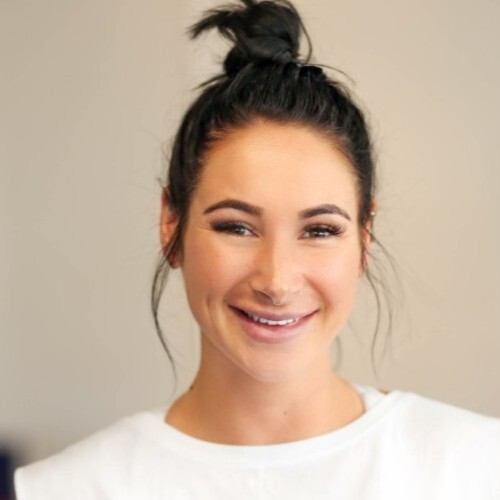
Sam Hopes is a level 3 qualified trainer, a level 2 Reiki practitioner and fitness editor at Tom's Guide. She is also currently undertaking her Yoga For Athletes training course.
Sam has written for various fitness brands and websites over the years and has experience across brands at Future, such as Live Science, Fit&Well, Coach, and T3.
Having coached at fitness studios like F45 and Virgin Active and personal trained, Sam now primarily teaches outdoor bootcamps, bodyweight, calisthenics and kettlebells.
She also coaches mobility and flexibility classes several times a week and believes that true strength comes from a holistic approach to training your body.
Sam has completed two mixed doubles Hyrox competitions in London and the Netherlands and finished her first doubles attempt in 1:11.
You must confirm your public display name before commenting
Please logout and then login again, you will then be prompted to enter your display name.




